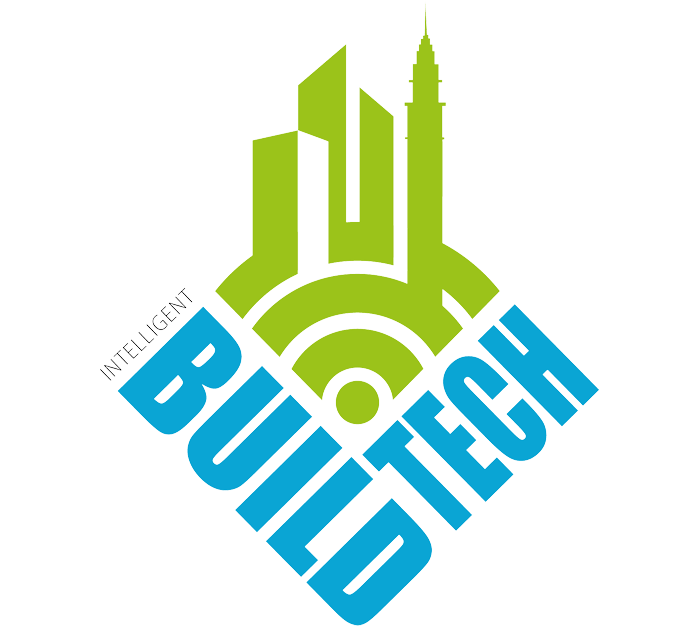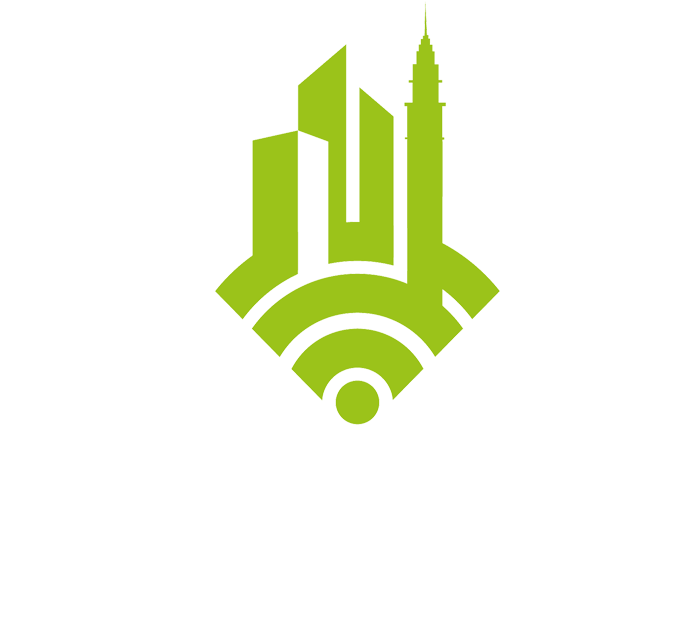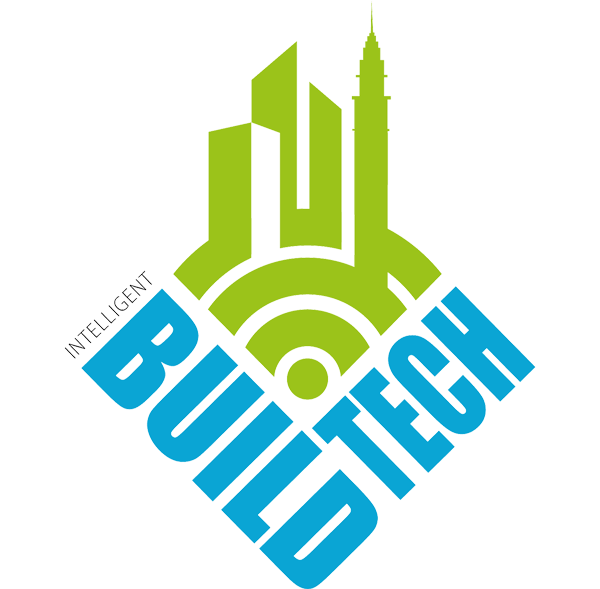Stefan Holmqvist, Regional Key Account Manager, Northern Europe, Axis Communications, looks at the construction sector and how the integration of network video with operational technology accelerates business innovation.
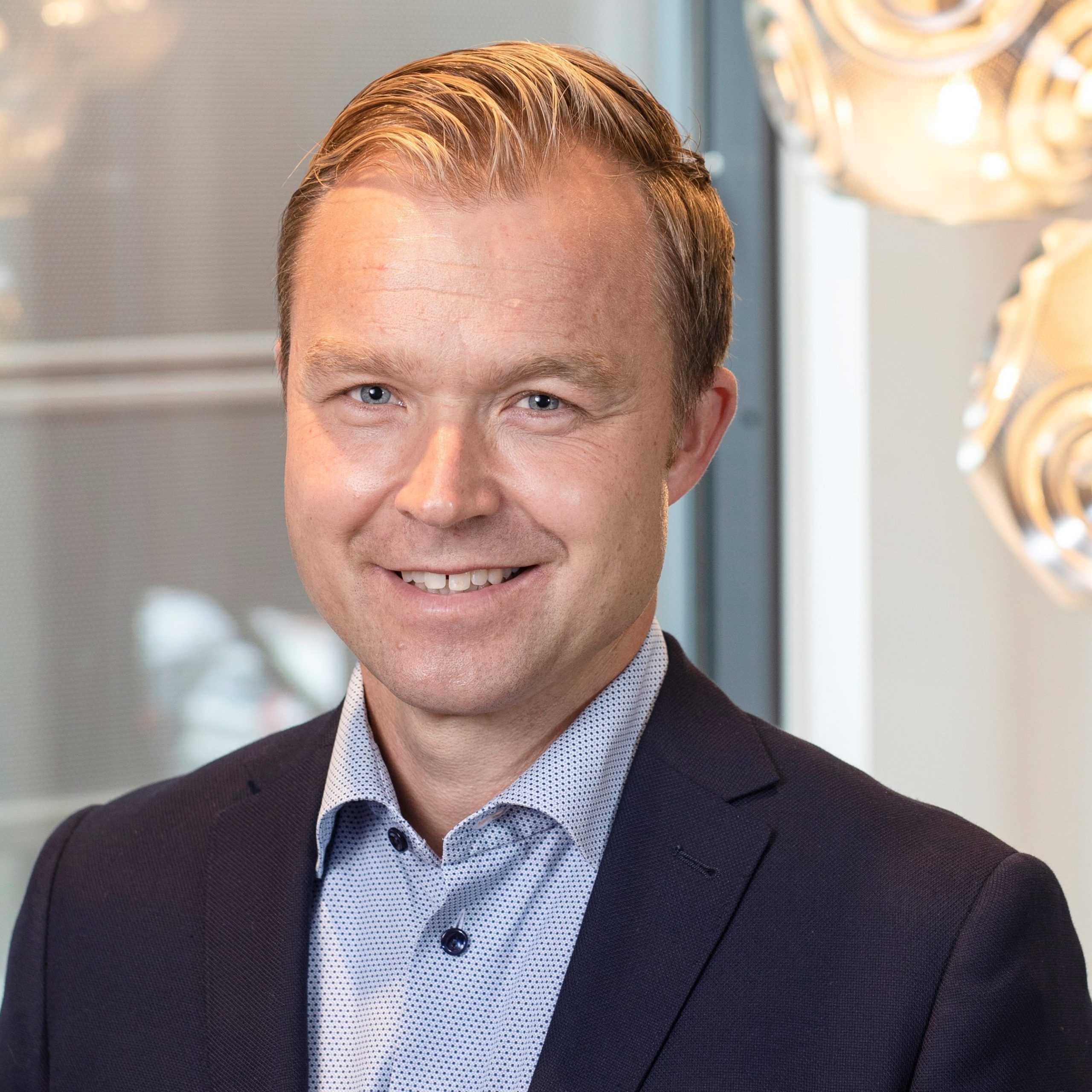
Axis regularly speaks to decision makers across a wide range of industries and sectors about how its innovative solutions can help them face their challenges and achieve their goals. Digital Transformation, the power of cloud and the ease of connectivity using the Internet of Things (IoT), means that the possibilities are now almost endless when it comes to utilising technology to improve operations and services. In fact, use cases are often limited only by a lack of vision around what is possible as the technology rapidly evolves.
With developers working to get the most from cameras and sensors, connected to open platforms that facilitate collaboration with third-party technologies, it’s time for businesses to work closely with providers to determine how best the technology can work for them. This might include improvements to services; automating legacy processes to make them more productive and their outcomes more meaningful. By considering one industry and looking at an application of integrated and connected technology we can see what’s currently possible and how rapidly developing technology can help business achieve their future objectives as requirements dictate.
Increasing safety in construction
The hard hat has become an essential piece of personal protective equipment (PPE) for anyone working in the construction industry. Head protection accounts for only 3% of PPE purchases, but in the workplace environment head injuries account for 20% of overall injuries. Alarmingly, it has been reported that in the US alone, 84% of fatal head injuries are sustained by employees not wearing head protection, and research shows that deaths and injuries are increasing.
Site managers are under pressure to keep a constant lookout for those flouting the rules, which is not an easy task in a distracting environment with constant noise, vehicles, materials and people on the move. Wearing the wrong headgear, or refusing to wear it altogether, not only increases the potential for injury from falling objects, slips and trips, but can cost businesses significant amounts of money in compensation pay-outs and lost labour time. For these reasons, construction businesses are turning to solutions powered by Artificial Intelligence (AI) to help them tighten up and enforce health and safety protocols.
Analysing a scene using onboard analytics
Cameras acting as sensors with onboard analytics can intelligently detect whether workers are wearing safety headgear from the moment they enter a hazardous location. In addition, people-counting analytics can record the workers present and determine the number, if any, that are not wearing appropriate protection. Here an announcement can be triggered through an IP speaker to remind operatives of the correct protocols, with an alert sent to management for non-compliance.
While it sounds almost futuristic, this technology is here today. Cameras with onboard object-analytics capabilities can be trained on data depicting a wide range of business-relevant scenarios so that information from any given scene can be compared against learned rules. A camera that detects an object coming into the field of view will be able to firstly tell that it is an object, and secondly, differentiate between, for example, a person or a vehicle by comparing the scene against thousands of stored images. And the more data that is available, the smarter the analytics will become.
Advanced solutions to complex processes
Having established a working protocol the industry can now get even more granular. As an example, datasets of people wearing and not wearing hats can be used to differentiate between hard hats intended for groundwork – complying with the regulation EN397, or for working at height – complying with EN12492 for additional protection. Surveillance cameras can use AI algorithms to ‘learn’ what the appropriate hard hat looks like. Anyone not wearing a hard hat that is suitable for the zone in which they are working is rapidly identified. Again, alerts and alarms can be triggered to ensure that appropriate protective measures are taken depending on an operative’s role and location on site.
The fitting of a Radio Frequency Identification (RFID) system into every helmet further augments advanced AI and analytics capabilities. Consisting of a tiny radio transponder, a radio receiver and transmitter, this technology can be used to transmit digital data back to a reader. This could be the hard-hat manufacturer’s name, identification mark and the European Standard number. Possibilities for use include a system to detect the condition or age of a hard hat to determine its suitability for auditing purposes and to ensure ongoing compliance with appropriate regulations. Visual confirmation from the camera can be sent to a screen, with a digital text overlay providing the relevant information from the RFID system. This provides a complete picture for an operative who can see all of the essential information at a glance, supported by high-quality video.
Innovating for Industry 4.0
It’s an exciting time to be involved in the design, manufacture and application of cutting-edge technology. Such is the potential for thinking of an application and then building a system to do it, that we’ll soon be seeing many new uses of surveillance, access control, IP audio, thermal, radar and a wide array of sensors and switches to completely transform industry and the complex manual processes we still see happening all around us. Axis is proud to be working closely with its valued partners and customers to help them achieve new and diverse requirements to support Industry 4.0 and innovate for a smarter, more automated and more connected world.
